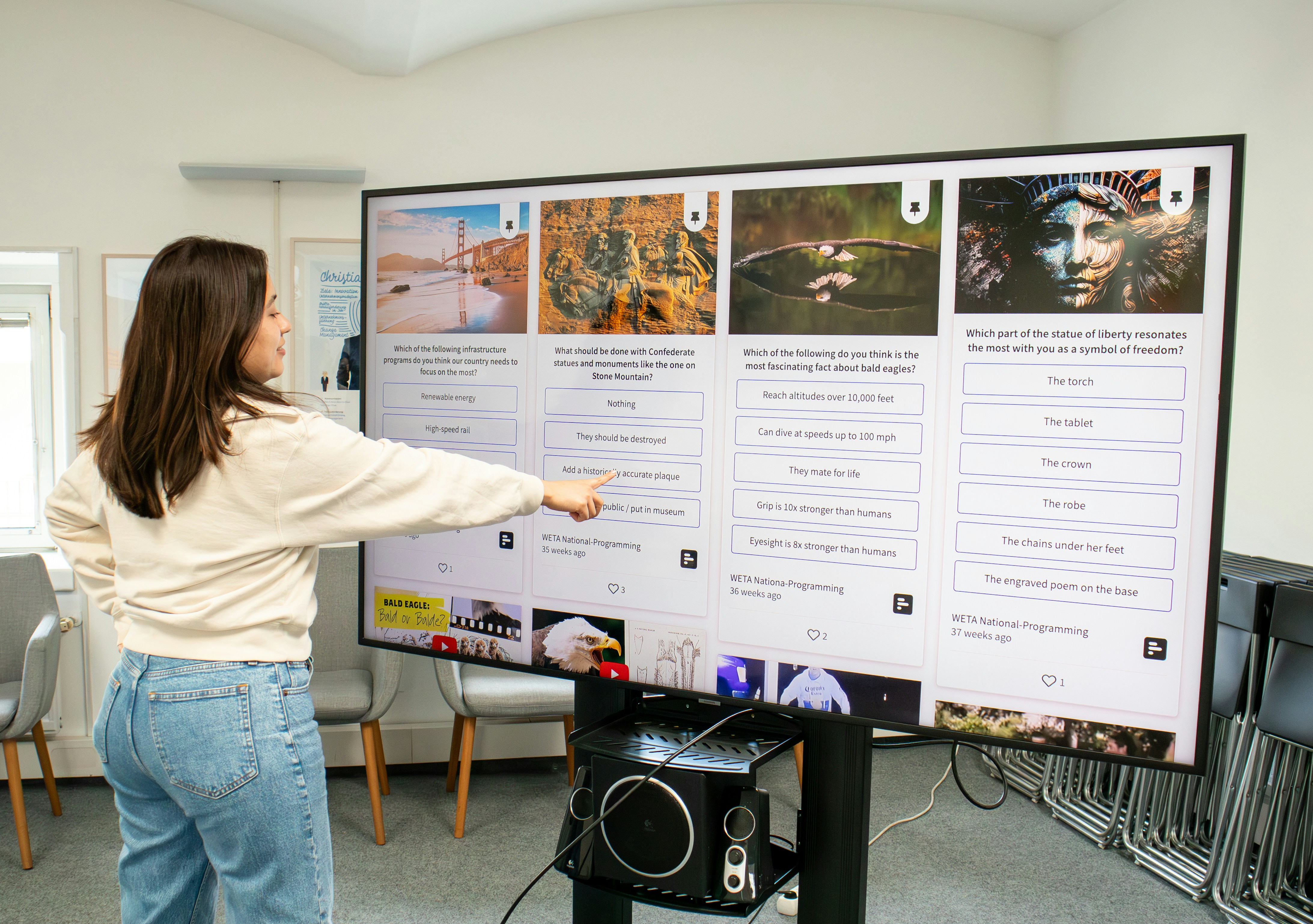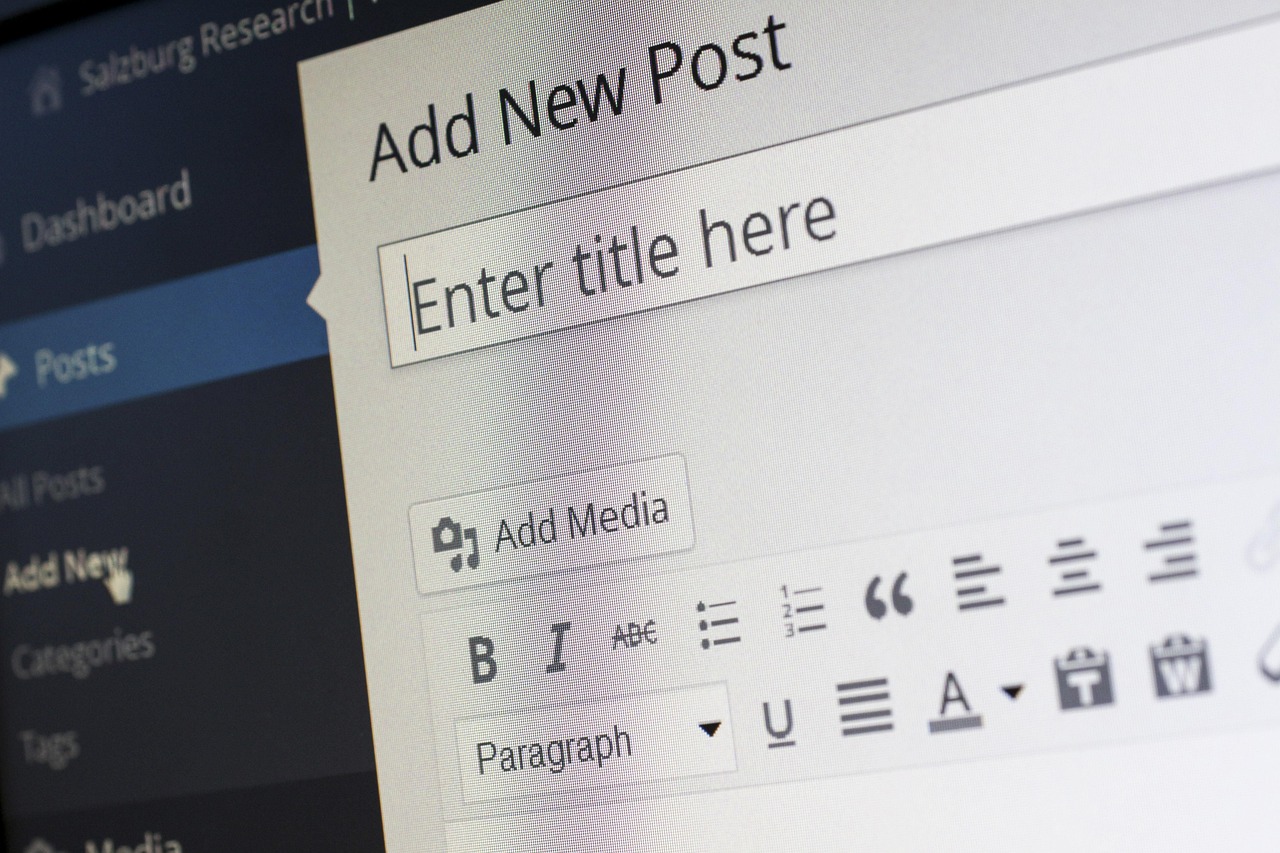As an early New Year's gift, we would like to share our Horizon Europe proposal writing knowledge. In November, we organized a free Question and Answer session on proposal writing, and we want to share with you the first part of Q&A.
Don't forget to subscribe to our Newsletter so you can get the notification on the second part. If you would like us to organize more sessions like this and have a specific topic in mind, submit your comment under this blog post.
Let's get started!
1. Writing a Horizon Europe Proposal can be overwhelming. Do you have some advice on how to start?
Start by reading the program guides and by checking info days organized by the European Commission (e.g., the EU Research and Innovation Days). A good practice is to look at funded projects in Cordis Database. When you check Cordis, you will see what has already been founded and how their ideas align with the scope. Cordis is also useful for partner search.
2. Writing a Horizon Europe Proposal is a significant commitment in terms of time. Is there a good practice of organizing resources for maximum efficiency?
We have 2 scenarios: one is when you coordinate a proposal and the second when you are a partner.
Coordinating a proposal is a bigger commitment. Your job is to develop concept notes, approach potential partners and coordinate the proposal writing process; the good idea is to distribute the workload among partners or package leaders.
As a partner, you have fewer responsibilities, but this can also depend on the role. If you are a key partner or a task leader, you will need to dedicate more effort.
For newcomers, maybe it's easier to be a partner because they invest less time and effort. On the other, even if you are a newcomer, you can still coordinate a project! As a coordinator, you don't rely on others to invite you to a proposal, and you work on your idea. So don't be scared to coordinate.
To maximize efficiency, focus on building your partnership 6 months before the deadline and then develop the proposal. The main development should be a shared effort. If you have a big partnership of 10-15 or more organizations, then it's less realistic to expect that all partners will contribute equally. Usually, a core team of 3-4 partners distributes the work amongst themselves and creates good templates with instructions. This will make the consortium more efficient, plus all this work can be replicated in another proposal in terms of the methodology and organization.
3. In the 'Project Pathways Towards Impact' section, would you recommend subheadings for the expected outcome or subheadings for the guidance questions?
Under 2.1, usually, you do not have one subheading per each outcome. This section can be structured in many ways. For instance, you can have one subheading that is called project’s pathways towards impact, where you address outcomes and expected impacts... And then, you will have another subheading that could be used for the scale and significance, and a third one dedicated to barriers. Scale and significance can also be merged with your outcomes and expected impacts – you can address them altogether. This is how we structure our proposals. Consider that under Horizon Europe, you have 4 pages for this part. So maybe using tables for 2.1 could be an excellent strategy.
4. In a stage 1 proposal, would you recommend defining the specific work packages in the methodology section, including a work package diagram, or is it enough to describe the overall concept methodology without reference to work packages?
Within Horizon Europe projects, we have 1 stage and 2 stage deadlines. For the 1 stage deadline, we submit the proposal, which is 45 Pages for RIA and IA, and 30 Pages for CSA.
In the case of the 2-stage deadline, in the first stage, we submit the first 10 pages, where you can address only the excellence part: 1.1 - objectives and ambition, 1.2 methodology then 2.1 - Project’s pathways towards impact.
It is good to mention the work packages because the methodology is linked to the implementation part. When you're mentioning your methodology, you can also briefly mention your approach or how this project will be implemented by showing that you have an idea of the main work packages and how these work packages would interact.
5. Do you need to list your deliverables under each work package table 3.1 B, or can you include them in table 3.1 C to save space?
In the past, we had to indicate each deliverable from each work package within the work package template in the last box called deliverables. Then all the deliverables from all work packages were summarized in the list of deliverables, which was a separate table.
From 21 January 2022, deliverables linked to each WP need to be listed in table 3.1C. No need to repeat the information under each work package. (for more information please visit here)
6. What is an appropriate way of linking the information provided in different sections of Part B?
A good proposal flows. It has to be easy to read, all parts should complement each other, and it should be understandable also for people who did not work on it.
Before starting to write a proposal, ask yourself 3 questions: 1. What do you want to achieve? 2. How will you achieve it? 3. What will you generate? The next step is to find the links between objectives, activities, impacts, outcomes, etc.
If you want to strengthen the coherence and linkages among excellence, impact, and implementation, you can have some references. Under objectives, you can reference in brackets some of the specific tasks. The same goes for methodology. Make sure that the terminology used across the proposal is consistent.
You can also use one trick and imagine that different experts from different fields read your proposal. Researchers are reading the excellence part, entrepreneurs the impact, and engineers the implementation part. By looking at the proposal with different eyes and mindsets, you ensure that it is coherent and understandable.
If you want to learn more about Horizon Europe proposal writing, don't miss our Get it right! - Horizon Europe Proposal Writing Series on the 5-7 April.
Good luck and may all your proposals come true!



